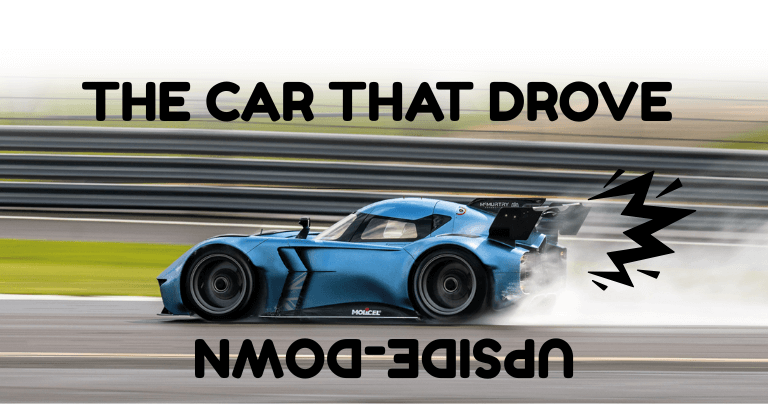What is the McMurtry Speirling?
The McMurtry Spéirling is a compact, all-electric hypercar designed to push performance limits using radical technology, most notably, a fan-based downforce system. Developed by British company McMurtry Automotive, the Spéirling (pronounced “spay-er-ling,” meaning "thunderstorm" in Irish) is built for maximum acceleration, cornering, and grip.
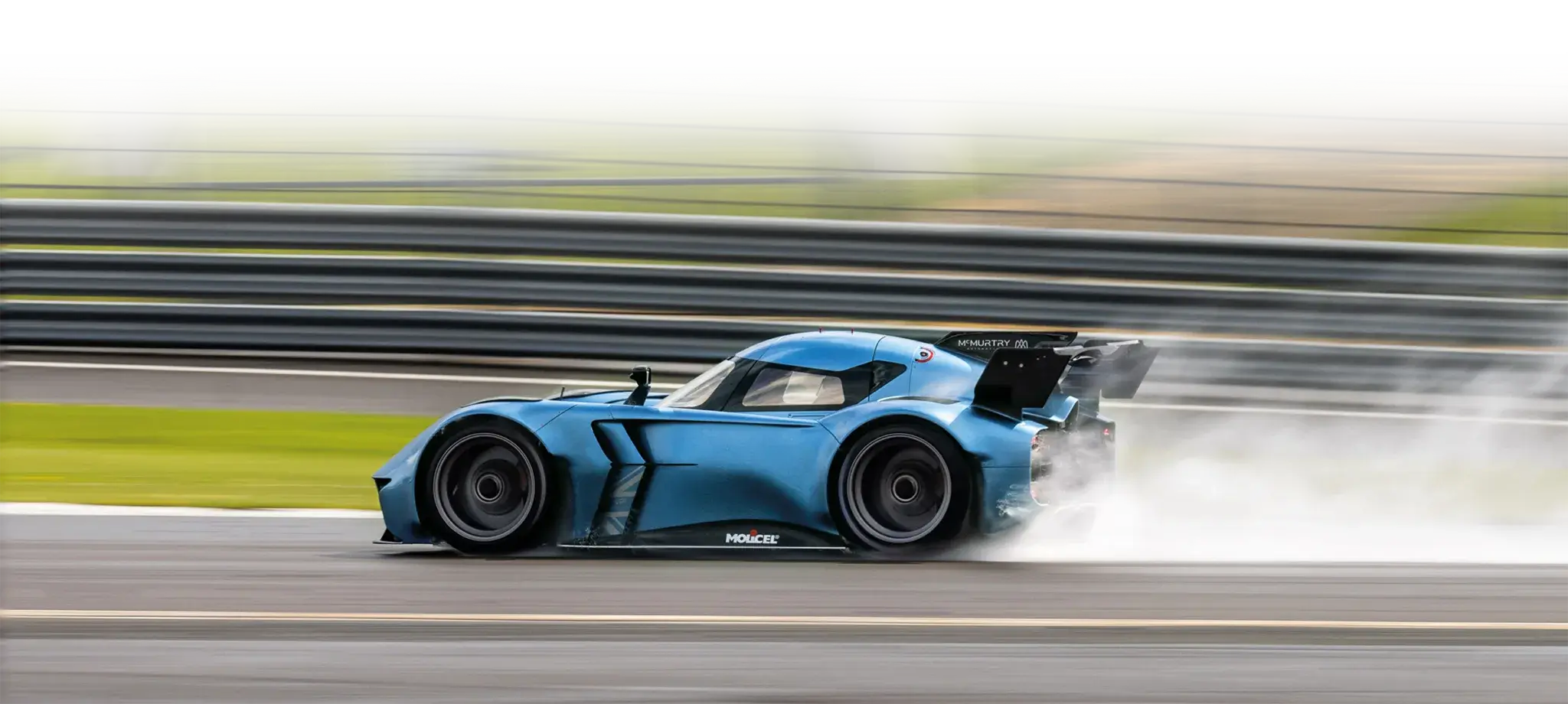
What Makes It Different?
The McMurtry Spéirling isn’t just any electric hypercar. It's the first car in history to drive upside down without any mechanical supports it sucked itself to the ceiling using an advanced aerodynamic system. This isn’t just a stunt. It’s a world-first that shows how far vehicle technology has come.
Most cars rely on speed to generate downforce. Think of the way race car spoilers keep them glued to the track. But the Spéirling flips that concept (literally) on its head. Instead of waiting for high speeds, it uses Downforce-on-Demand™, a fan system that creates massive suction beneath the car, pressing it down onto any surface.
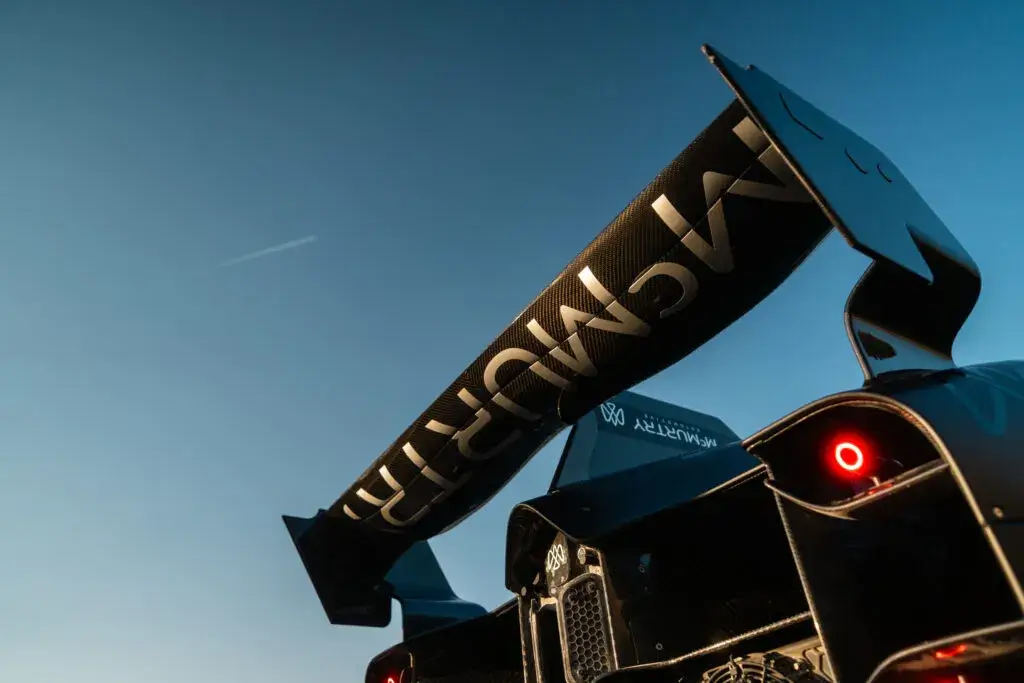
This system can create over 2,000 kg of downforce at zero speed—more than the weight of the car itself. So, instead of using gravity to stay grounded, the Spéirling can replace gravity with raw aerodynamic force—enough to let it cling to a ceiling.
The Physics Behind It
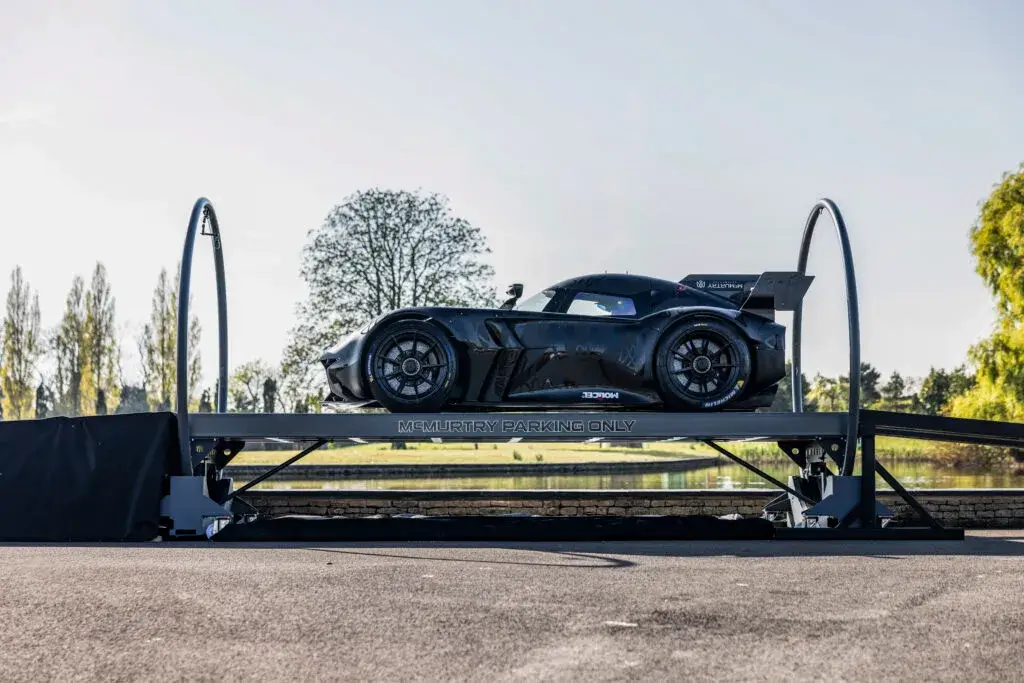
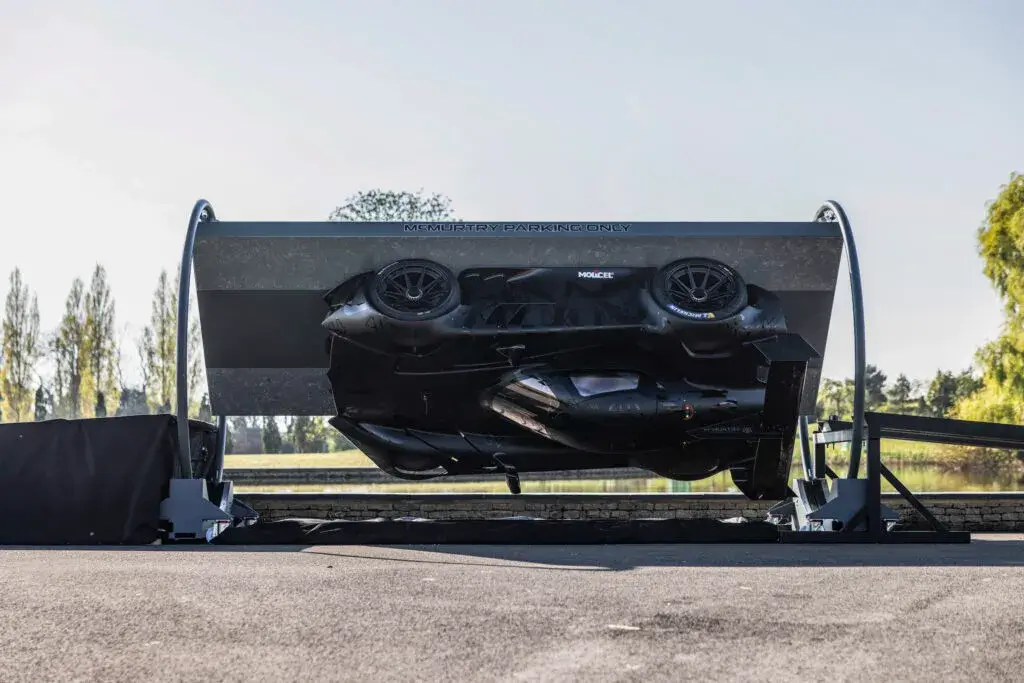
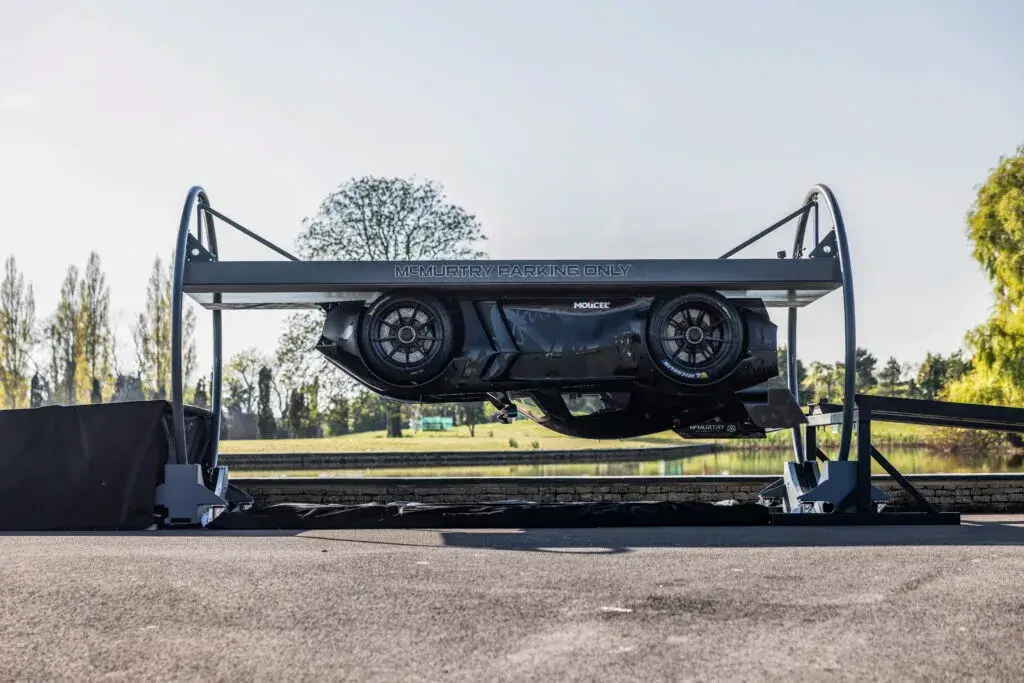
Here's how it works in simple terms:
- Imagine holding a suction cup against a glass window. If you pull the air out, it sticks.
- McMurtry’s fans do something similar — they suck air from under the car, creating low pressure.
- The higher pressure above the car pushes it down, hard.
- That force is strong enough to overcome gravity, even when the car is upside down.
That’s how the Spéirling stayed attached to a rig, flipped 180 degrees, and drove forward, upside down.
McMurtry or Porsche 911 GT3 RS?
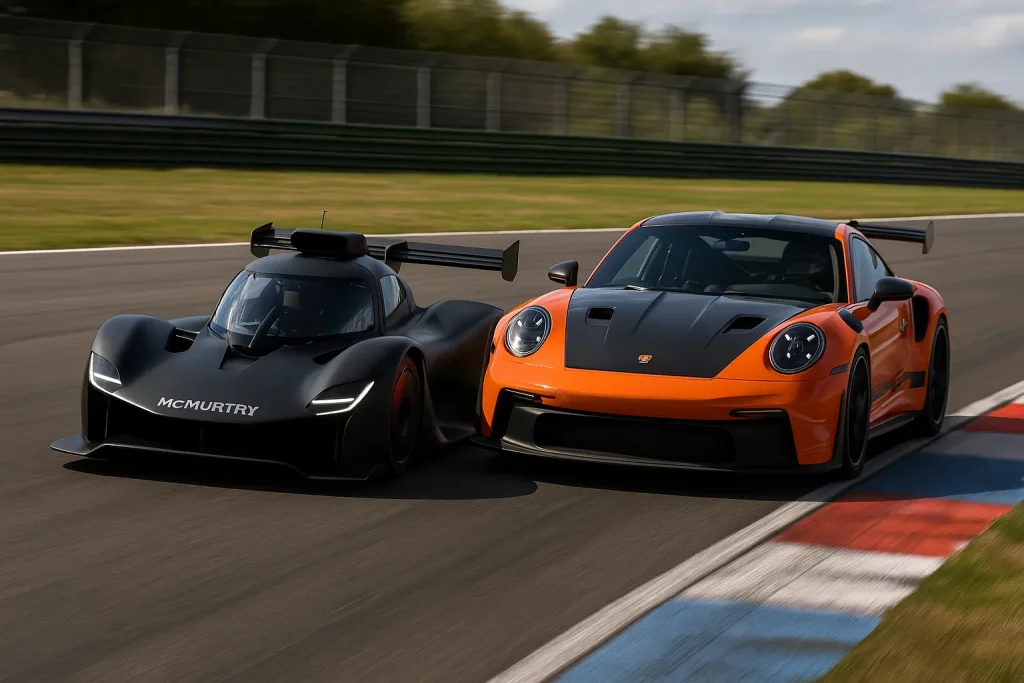
Downforce: The Gravity Defier vs. The Track Master
- McMurtry Spéirling
Uses fan-based downforce, generating 2,000+ kg of downforce at 0 km/h.
That’s enough to not only stick to the road, but to stick to a ceiling. It creates suction under the car, similar to how a vacuum cleaner grips a carpet. It’s constant, regardless of speed. - Porsche 911 GT3 RS (992)
One of the highest-downforce production cars using traditional aero (wings, splitters).
Produces about 860 kg of downforce at 285 km/h (177 mph).
But at low speeds, that drops significantly, because it depends on the airflow.
Acceleration: Instant Shock vs. Engine Roar
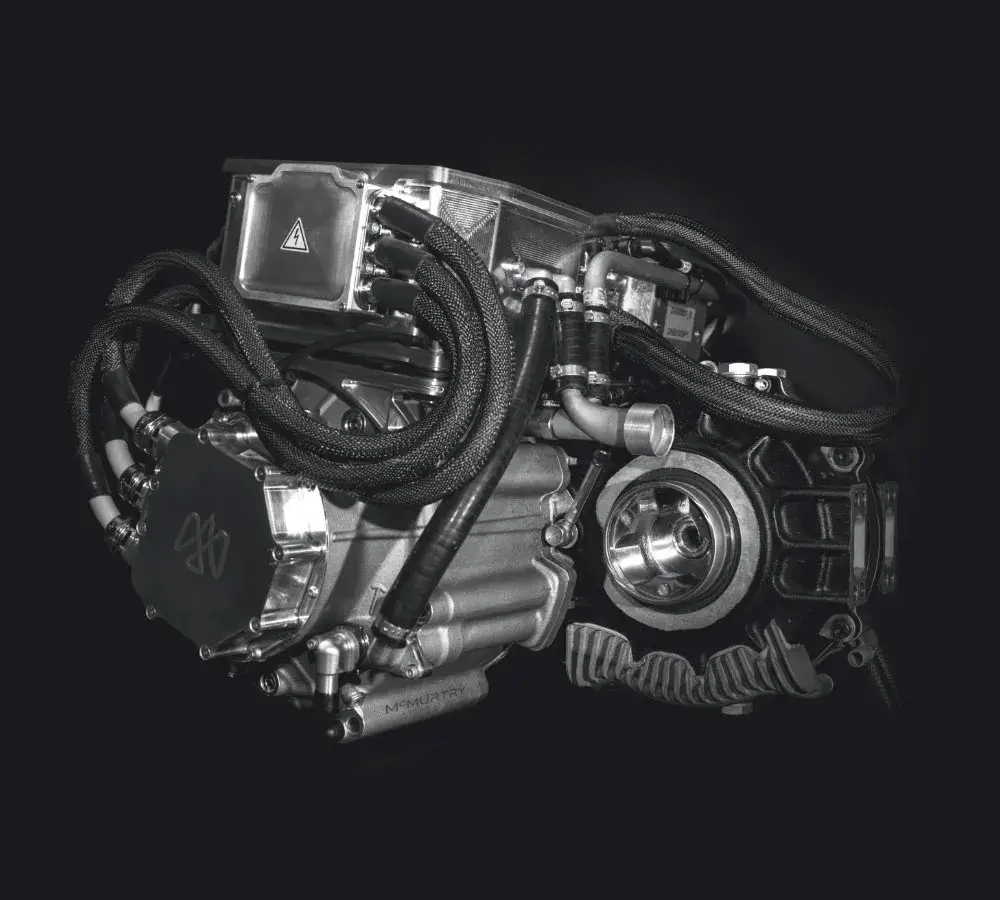
McMurtry Spéirling
0–60 mph (0–96 km/h): 1.4 seconds (claimed)
Instant torque from dual electric motors and ultra-lightweight body (less than 1,000 kg).
Porsche 911 GT3 RS
0–60 mph: 3.0 seconds
Uses a naturally aspirated 4.0L flat-six engine — blisteringly fast, but still bound by internal combustion delays.
Handling: Precision vs. Supernatural Grip
The Porsche 911 GT3 RS is known for its razor-sharp handling — it uses rear-wheel steering, a finely tuned suspension, and advanced aerodynamics to offer incredible precision and control through corners. It’s a benchmark for track-focused sports cars.
Thanks to its fan-based downforce, it sticks to the road like glue — even at low speeds or in tight turns. This constant grip gives it almost supernatural cornering ability, allowing it to take curves much faster and more confidently than any regular car.
So What Makes the Spéirling So Special?
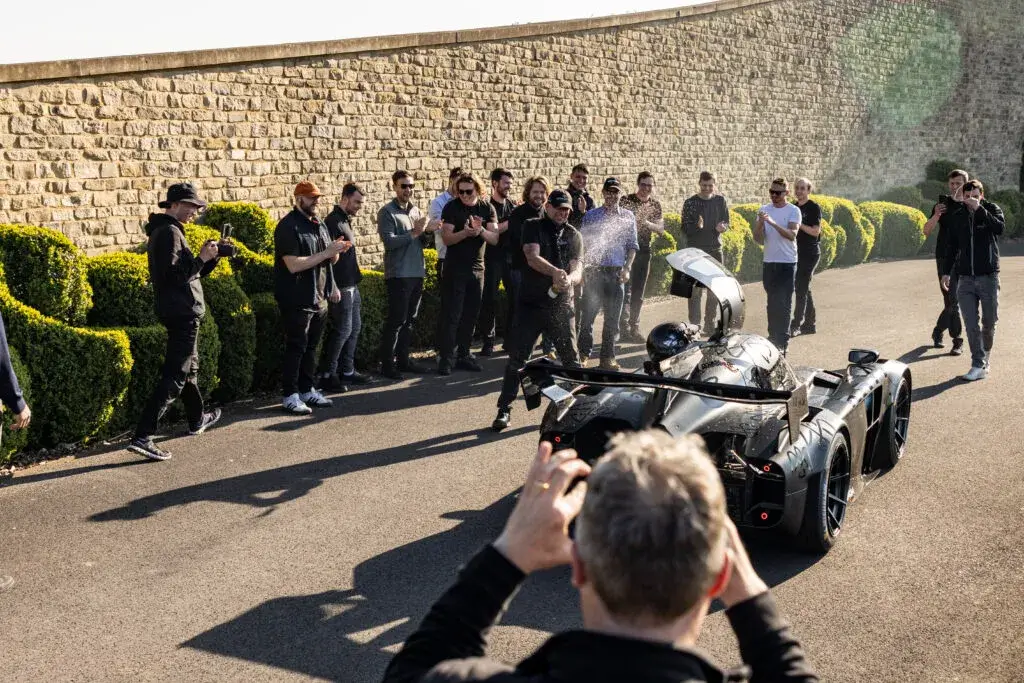
It doesn’t just beat a Porsche GT3 RS — it redefines the rules. The Spéirling proves:
- You don’t need speed to create downforce.
- You can corner faster, brake later, and launch harder with better safety and control.
- A car can stick to a ceiling using just engineering.
The Porsche 911 GT3 RS is a legend built on decades of racing DNA. The McMurtry Spéirling is a glimpse into the future, one where cars don’t just defy expectations, they defy gravity. This isn’t just a flashy PR stunt. It’s a glimpse into the future of performance cars:
- Grip at all speeds — The car can stick to the road, whether crawling or flying.
- More control, more safety — Especially in racing or wet conditions.
- Redefining what's possible — Upside-down driving was once a theoretical fantasy. Now, it’s real.
McMurtry’s upside-down stunt proves that the limits of driving and physics are being redefined. And the next generation of cars might not just be fast… they might be capable of going where no car has ever been.

Web content writer of Get Basic Idea

